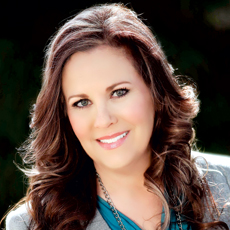
“We don’t know as much as we think we know” was a recent quote by David Thomas, M.D., FACP, AGSF, GSAF, CMD at the International Nursing Home Research Conference, in a story by Elizabeth Leis Newman about re-evaluating wound care treatments. Tim Mullaney later wrote an article on poor wound care research.
While research for the Holy Grail in skin and wound care “best practices” continues, I propose we start with what we “do know” as it relates to the clinicians who are providing the skin and wound care-regardless of research, product, wound type, assessment or resident population mix.
Even the best of the best in skin and wound care will tell you there is much variation in understanding what are THE “best practice” standards for wound care and wound healing. Wound care programs are complicated by many factors and is a constantly evolving and confusing science. Controlling variables is difficult but key so healthcare providers can attempt to identify the root cause. I suggest there is even a greater variation in clinician aptitude, attitude and application as it relates to wound care and wound healing. But these variations we can control or atleast standardize and influence.
While the experts continue to pour themselves into research and gain ground on establishing sounder “best practices,” I propose healthcare providers focus on the clinician to improve upon wound care and wound healing that has less emphasis on “best practice” and more emphasis on aptitude, attitude and application. For even the best programs focused solely on “best practice” can completely miss the boat on the one common denominator-the clinician who is to carry out the “best practice.”
This is done in three steps called the 3 Cs of Skin and Wound Care:
- We must demand and achieve clinician COMPETENCE
- By achieving clinician competence you gain clinician CONFIDENCE
- By utilizing CONTINUOUS QA practices you will achieve a successful, impactful, marketable skin and wound care program while ensuring your clinicians have continued competence and thus confidence.
I propose by implementing the practice of the 3 Cs of Skin and Wound Care providers can improve their overall success in wound prevention and healing by first addressing clinicians-the constant-and improve your facility’s ability to adjust and react to the variables of skin and wound care while maintaining some sense of consistency.
In a February blog, I’ll discuss how to implement the 3 Cs of Skin and Wound Care.
Tara Roberts, PT, is the corporate director of rehabilitation and wound care services at Nexion Health Management, Inc.





